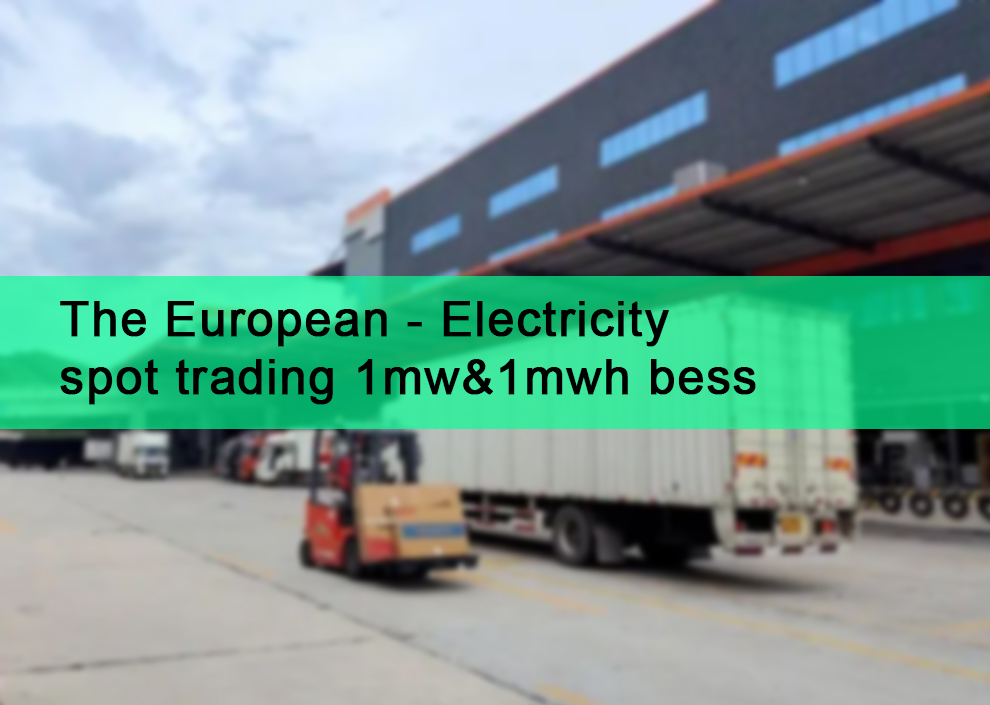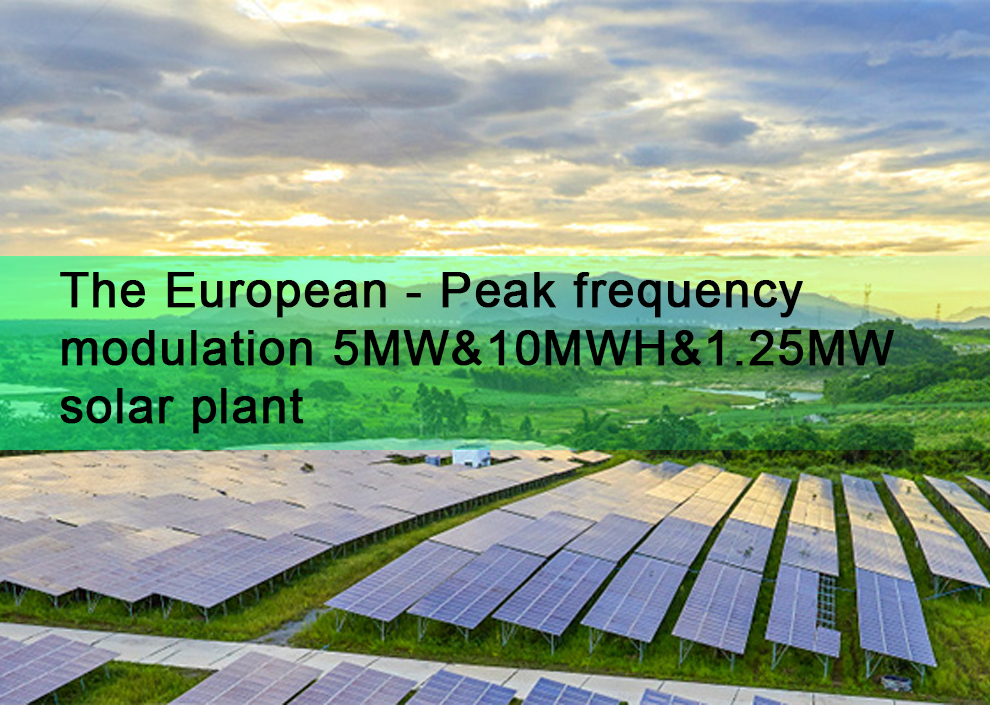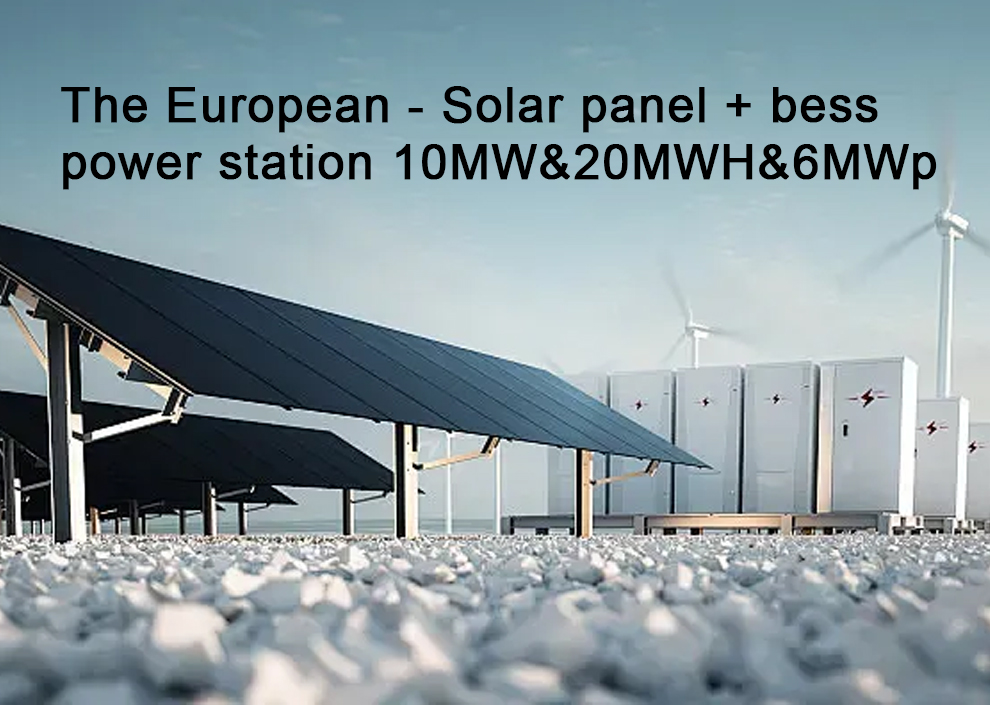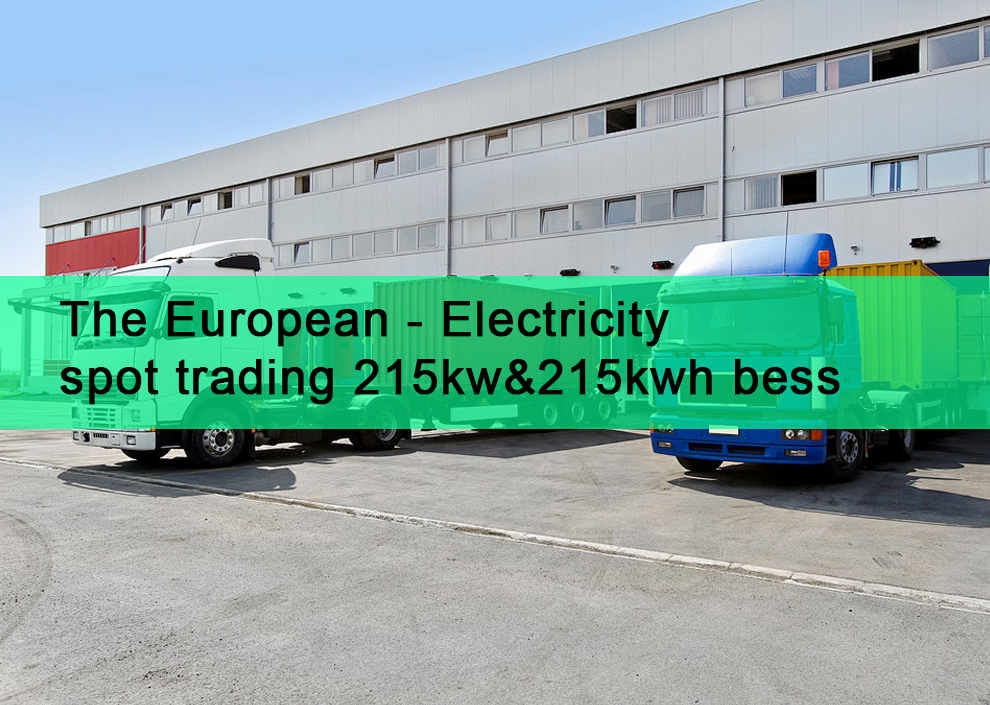“Energy poverty" has risen dramatically, how to respond globally?
2024-08-29
Last year, Europe had successfully survived a worrying winter without a massive energy shortage or power outages. It is reported that between September 2021 and March 2023, EU Member States allocated €646 billion to protect consumers from the effects of rising energy costs.
Europe will now have winter again. On 20 November, the European Commission adopted an amendment to the Interim Crisis and Transitional Framework for State Aid. Under the bill, EU member states can continue to maintain their subsidy schemes until 30 June 2024 to cope with the winter heating season.
The European Commission has also allowed an increase in the ceiling of subsidies, with the EU increasing its subsidy ceiling from 250,000 euros to 280,000 euros for the agricultural sector, from 300,000 euros in the fisheries and aquaculture sector to 33.5 million euros, and from EUR 2 million to 22.5 million for all other sectors.
Despite government subsidies, Europeans are still unable to pay for high energy costs. Britain, for example, saw the 2022 War of Russia lead to a surge in gas prices, with British citizens paying an average of £3,549 per household per year, and up to 7 million households suffering from “energy poverty.”
Statistics shows that 9.3% of EU citizens except UK suffered from energy poverty in 2022. They could not afford heating devices for comfortable indoor temperatures, a significant increase from 6.9% in 2021.
Energy poverty refers to the inability of individuals or households to access or pay for the energy services required to meet basic life needs, such as cooking, heating and lighting.
In fact, energy poverty is not just a problem in Europe, but also in other countries or regions. In the United States, an estimated 16 per cent of areas are experiencing energy poverty, including 5.2 million households considered above the federal poverty line.In China, an estimated 24-27% of middle-aged people live in energy poverty.

Energy poverty will endanger physical and mental health.
For example, living in houses that lack insulation and heating functionality and have to rely on heating to survive the winter, but rising electricity costs increase the burden of living for energy-poor households, with as little heat as possible to endure the cold.
Scientific research has shown that cold houses are harmful to their inhabitants, and sometimes even fatal. Cold homes have a short-term and long-term impact on a person's health, well-being, and even their chances of living.
A 2018 study of 30 European countries, a long-term study from 1980 to 2013, found that the British population had the sixth-highest rate of over-winter mortality. UK was the second highest in the number of deaths associated with the availability of heating to households. Unless the energy crisis improves, cold-induced deaths will create a significant need for medical care.
What is the global response?
To this end, many countries and cities have put in place different measures aimed at reducing energy consumption, trying to tackle energy poverty, while moving towards zero-carbon net emissions. Many of these cases are initiated by energy-efficient, high-energy household appliances, which help these formerly impoverished households reduce electricity spending.
- Belgium: Share of household appliances for low-income households
The Belgian government, in partnership with home appliance companies, has launched a "share of applies" scheme, which is open to people with low incomes, who can use the highest-energy-efficiency A+++ appliance for up to 10 years and also provide maintenance services for 7 euros per month.
- Japanese Panda City: Panda Cold Gas Rental Plan
Among those who suffered summer heat strokes in Japanese Xionggu city, 60% were aged people. An Aged Cold Air Rental Scheme was introduced from 2021.
- Ithaca Cityin American New York: Decarbonizing housing saves energy costs
About 40% of the population in Ithaca City of American New York is on the energy poverty line. In 2022, the city has partnered with the a company to use technologies such as heat pumps or solar panels to replace existing heating and cooling systems in buildings to improve urban energy efficiency. With the improvement of the equipment, households no longer have to worry about oil price changes resulting in higher heating costs, saving between 20% and 40% of energy costs over the course of a year.
 Innovative Solutions - The European...
Innovative Solutions - The European...
 Innovative Solutions - The European...
Innovative Solutions - The European...
 Innovative Solutions - The European...
Innovative Solutions - The European...
 Innovative Solutions - The European...
Innovative Solutions - The European...
 Key Technologies for Energy Storage Converters or Power Conversion System (PCS)...
Key Technologies for Energy Storage Converters or Power Conversion System (PCS)...



